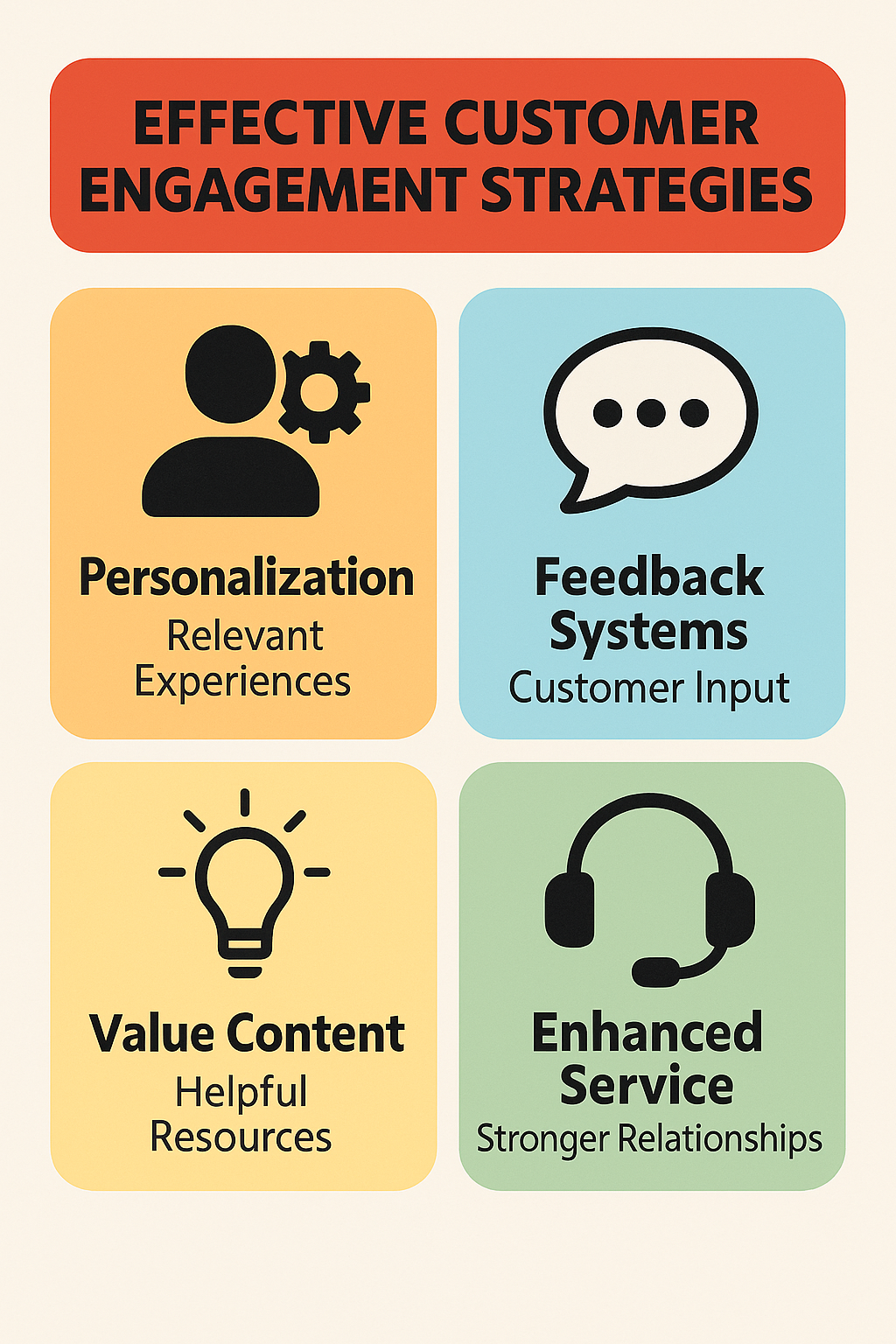How to Recover from a Slow Sales Period: Your Complete Recovery Guide
Every business faces challenging times when sales dip and revenue stagnates. Understanding how to recover from a slow sales period can make the difference between bouncing back stronger or struggling to regain momentum. Whether you're dealing with seasonal fluctuations, economic downturns, or market shifts, the right recovery strategies can help you navigate these tough periods successfully.
The key lies in taking decisive action rather than waiting for things to improve naturally. Smart business owners use slow periods as opportunities to optimize operations, strengthen customer relationships, and prepare for future growth. By implementing proven recovery techniques, you can transform a challenging situation into a foundation for long-term success.
Essential Marketing Recovery Tactics
A marketing relaunch during slow periods can help reignite customer interest and drive new business. The most effective marketing recovery tactics focus on reconnecting with your audience and showcasing value in fresh ways.
- Refresh your messaging: Review and update your marketing materials to better address current customer needs and concerns
- Leverage digital channels: Increase your online presence through social media engagement and email campaigns to reach customers where they spend time
- Target past customers: Reach out to previous clients with special offers or updates about new products and services
- Partner with complementary businesses: Create cross-promotional opportunities that expand your reach without significant additional costs
Smart Cost Optimization Strategies
Cost optimization during slow sales periods requires careful balance between reducing expenses and maintaining the quality that keeps customers coming back. The goal is to streamline operations without compromising your ability to serve clients effectively.
- Prioritize essential processes: Focus resources on activities that directly impact customer satisfaction and revenue generation
- Negotiate with suppliers: Review vendor agreements and explore opportunities for better terms or temporary payment arrangements
- Optimize inventory management: Reduce carrying costs by adjusting stock levels based on current demand patterns
- Evaluate subscription services: Cancel or downgrade software and services that aren't essential for daily operations
Customer Engagement Improvement Methods

Strong customer engagement can help maintain loyalty during tough times and position your business for rapid recovery when conditions improve. Focus on building deeper relationships rather than just making transactions.
- Personalize customer interactions: Use customer data to provide more relevant and meaningful experiences across all touchpoints
- Implement feedback systems: Actively seek customer input to understand their evolving needs and adjust your offerings accordingly
- Create value-added content: Share helpful information, tips, or resources that benefit customers beyond your products or services
- Enhance customer service: Use slower periods to improve response times and service quality, creating stronger customer relationships
Steps to Identify Root Causes
Understanding why sales have slowed is crucial for implementing the right recovery strategies. A systematic approach to identifying root causes helps ensure your efforts target the real issues affecting your business.
- Analyze sales data patterns: Review monthly and quarterly trends to identify when the decline started and which products or services are most affected
- Survey existing customers: Gather direct feedback about their purchasing decisions and any concerns they might have about your business
- Assess market conditions: Research industry trends and competitor activities that might be impacting your sales performance
- Review internal processes: Examine your sales process, customer service, and operational efficiency for potential improvements
Product and Service Refresh Techniques
A strategic product refresh can reinvigorate customer interest and create new sales opportunities during slow periods. The key is making meaningful improvements that address customer needs while staying within budget constraints.
- Update existing offerings: Make small but noticeable improvements to your current products or services based on customer feedback and market trends
- Bundle complementary items: Create package deals that provide more value to customers while increasing your average transaction size
- Introduce limited-time variations: Offer seasonal or special edition versions of popular items to create urgency and renewed interest
- Enhance presentation and packaging: Improve how you present your offerings both online and in-person to create a fresh, updated impression
Financial Management During Recovery
Effective financial management becomes even more critical during slow sales periods. Smart cash flow management and strategic spending decisions can help your business weather the storm and emerge stronger.
- Create detailed cash flow projections: Develop realistic forecasts that account for reduced revenue while planning for recovery scenarios
- Secure emergency funding: Explore financing options like merchant cash advances or business lines of credit before you desperately need them
- Prioritize essential expenses: Rank all business expenses by importance to operations and customer satisfaction, cutting non-essential items first
- Monitor key metrics daily: Track important financial indicators more frequently to spot positive trends early and adjust strategies quickly
Moving Forward with Confidence
Recovery from slow sales periods requires patience, persistence, and strategic thinking. While it might take time to see significant results, implementing these comprehensive strategies can help stabilize your business and create momentum for future growth. Remember that many successful businesses have used challenging periods as opportunities to strengthen their operations, improve customer relationships, and position themselves for even greater success when market conditions improve.
Learning how to recover from a slow sales period is an essential skill for any business owner. By combining smart marketing tactics, cost optimization, enhanced customer engagement, and strategic financial management, you can navigate challenging times successfully. The strategies outlined here provide a roadmap for not just surviving slow periods, but using them as opportunities to build a stronger, more resilient business.
Remember that recovery takes time, and results may not appear immediately. Stay consistent with your efforts, monitor your progress closely, and be ready to adjust your approach based on what works best for your specific situation. With the right strategies and persistence, you can turn a slow sales period into a stepping stone for future success.

.png)






